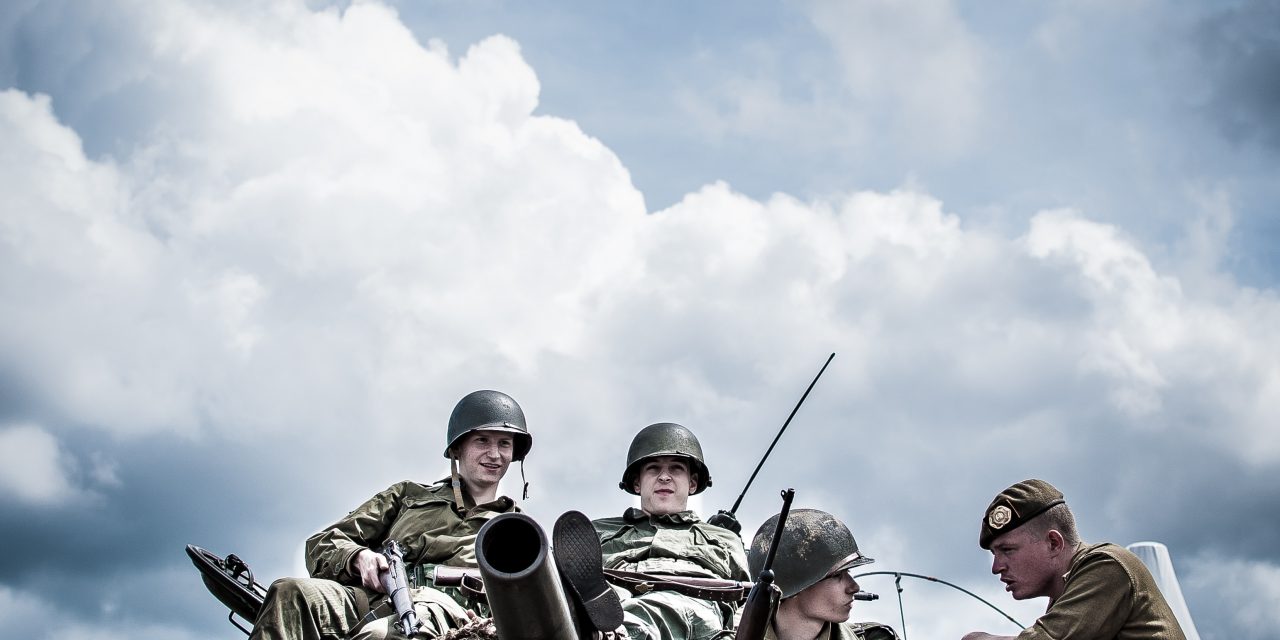The military was founded on teamwork. Most people would accept that statement as an axiom. However, it doesn’t tell the entire story. The military was also founded on leadership, and anyone who runs a successful company or works closely with select group of people knows that successful leadership equals great teamwork.
Some might not understand the distinction between leadership and teamwork, and that really is OK, because teamwork and leadership are complex subjects.
The simple fact of the matter is that learning how to be a leader starts with learning how to follow and then learning how to be a part of a team.
This approach has been utilised by the military for many years and it puts them in an ideal place to be able to offer teamwork solutions to anyone else looking to build a successful workforce.
What other organizations would love to know is - how can the principles of leadership, teamwork and team building used to train members of the armed forces be put to use in their workplaces and among their employees and managers?
Following Orders
Orders are not followed just for the benefit of a commanding officer. The orders given and executed by junior soldiers are meant to train those soldiers in the proper course of armed forces operations. By doing and observing, those soldiers are not just learning how to fight, but they are learning the “why” of their unit. That information is crucial to building a leader.
Once a recruit has mastered all that he or she must, promotion almost always follows, and that not only demonstrates to other soldiers the reality of reward for service but also puts the newly promoted soldier in an immediate leadership role where they can not only demonstrate what they have learned, but teach it as well. This strengthens team building and builds camaraderie.
Understanding Motivation
One of the most basic truths in any organization is that its members want to be part of a great team. This is just part of human nature. People by and large don’t want to fail and they certainly don’t want to be part of a badly functioning team.
By taking advantage of this basic facet of human nature, an organization’s leaders can create an environment of positive reinforcement. As the basics are mastered, the organization becomes stronger and more efficient. This dynamic motivates all the team members to invest greater effort. The result is achievement and growth.
Constructive Criticism
Good leaders must know how to build up their subordinates. It serves no purpose to tear someone down unless the overall goal is to make them better than they were before. The alternative is simple vindictiveness, which does not profit the team at all.
When a leader sets out to improve their team, it is always a process of creative destruction. First, the old ideas and old way of doing things has to be destroyed. Then it can be replaced with a new, encouraging and positive alternative. This is the exact means by which soldiers are produced in basic training, and it should be the means by which any leader advances their organization’s teamwork and strength.






Recent Comments